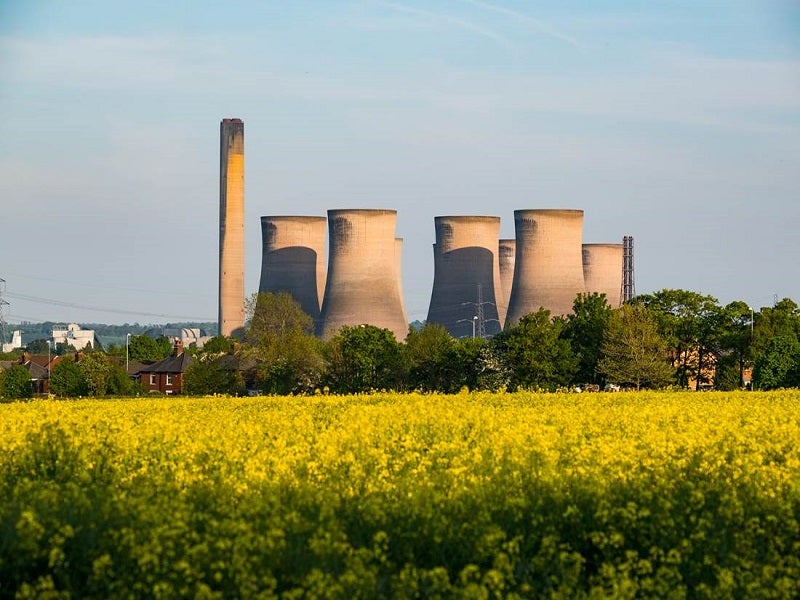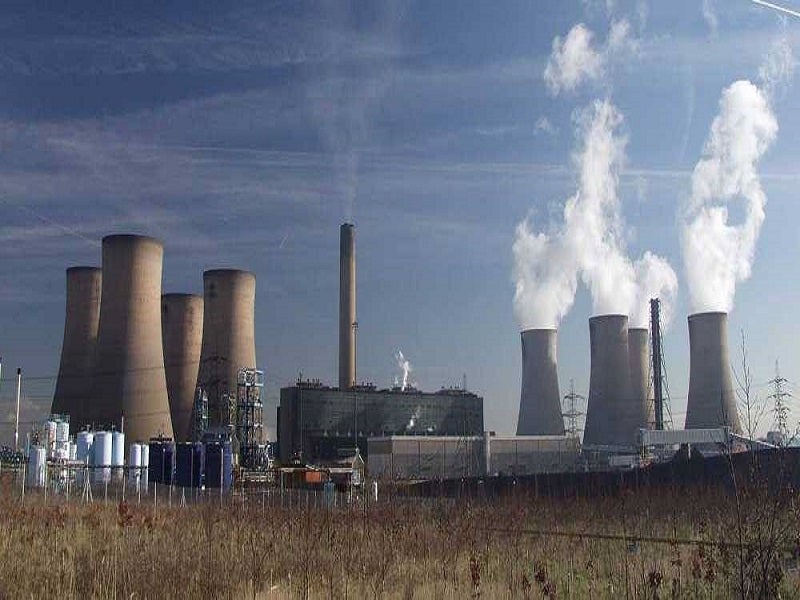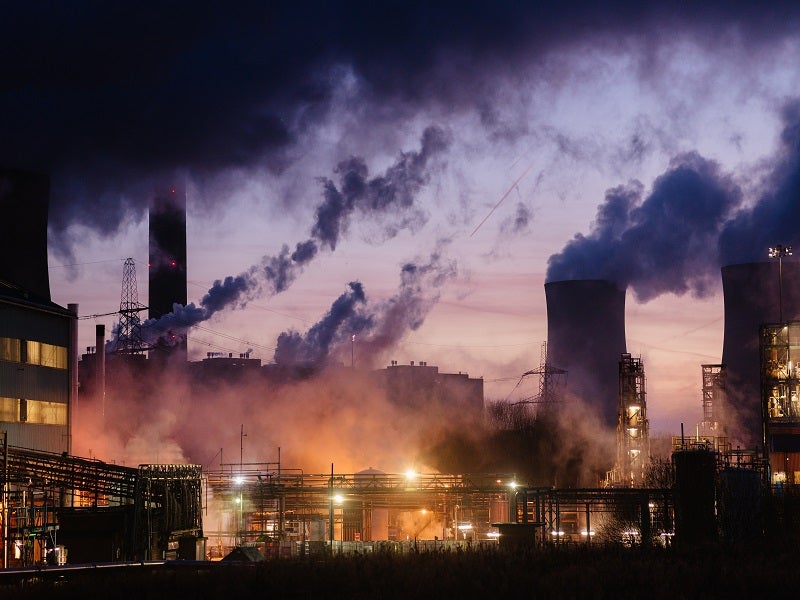The Fiddler’s Ferry power station was one of the largest coal-fired power stations in the UK, which served two million people with a power generation capacity of 1.9GW during its peak.
Operated by Scottish and Southern Electric (SSE), the power plant was decommissioned on 31 March 2020. It was SSE’s last coal-fired power plant and was capable of generating power using co-firing through biomass.
The decision to decommission the plant was taken in light of challenging economics of operating coal-fired power stations in addition to the UK government’s mandated deadline to close coal-fuelled stations by 2025 to achieve zero carbon emissions by 2050.
Fiddler’s Ferry ownership and closure details
Originally developed by Central Electricity Generating Board (CEGB), the plant was owned by different companies during various phases of its operations in five decades. SSE acquired the power plant from American Electric Power (AEP) Energy Services for £136m in 2004.
The power plant’s low success rate in capacity market auctions caused it to produce at low volumes and as a result, incurred a loss of £40m in the 2018/19 financial year.
In March 2019, Unit 1 of the power plant with a capacity of 485MW was closed and the plant operated with a combined capacity of 1.51GW.
SSE completed closure review by June 2019 and arrived at the closure date of 31 March 2020, after consulting with employees and trade unions.
Fiddler’s Ferry power station location
The plant site is located approximately 25km east of Liverpool in Warrington, UK, and is close to the banks of River Mersey. The plant’s vicinity also houses the currently operating Hertel oil refinery.
The site was chosen due to proximity to a water source and the availability of rail connectivity.
Fiddler’s Ferry power station details
Fiddler’s Ferry power station included four coal and biomass-fired units. It included eight 114m high cooling towers supported by 200m high main chimney. The boilers used at the plant were tangentially-fired pulverised coal combustion (PCC) boilers.
The power plant became UK’s first dedicated biomass co-firing plant in 2006 by installing co-firing systems to the existing coal-fired boilers at Unit 2 and Unit 4.
SSE equipped the plant with flue gas desulphurisation (FGD) in 2005 to reduce sulphur emissions by 94%.
Coal and biomass fuel
The plant used coal procured from different mines and vendors throughout its lifetime. It traditionally used bituminous, pulverised coal.
At full capacity, the plant used 16,000 tonnes (t) of coal and 195 million litres of water daily, procured from the River Mersey. The coal was procured via a rail network developed as a loop line designed for automatic unloading of coal trains, also called as the Merry-go-Round system.
The loop line allowed the trains to pass through without having to reverse after unloading. The west and east side of the plant were built as site entry and unloading facility.
Biomass used for co-firing in the plant was wood pellets, palm kernels, olive stones, and olive cake.
Contractors involved
The initial engineering, procurement and construction (EPC) contract was awarded to Cleveland Bridge Company. The turbine and generators for the plant were supplied by English Electric.
Alstom was contracted in the early 1970s for the supply and commissioning of the coal-fired boilers of the plant. The company was contracted again in 2005 to install two biomass co-firing systems.
The biomass reception and handling system was installed by Saxlund International.
The installation of the FGD was completed by North Midland Construction and equipment was procured from German company Doosan Lentjes in 2009. Oakleaf Group performed fire risk assessment of the FGD.
Fluor was awarded the front end engineering design contract for nitrogen oxide reduction programme to reduce emissions at the power station in 2009.
ACS Construction Group was contracted in 2014 to perform repair works at the fire extinguisher systems at the power plant.





